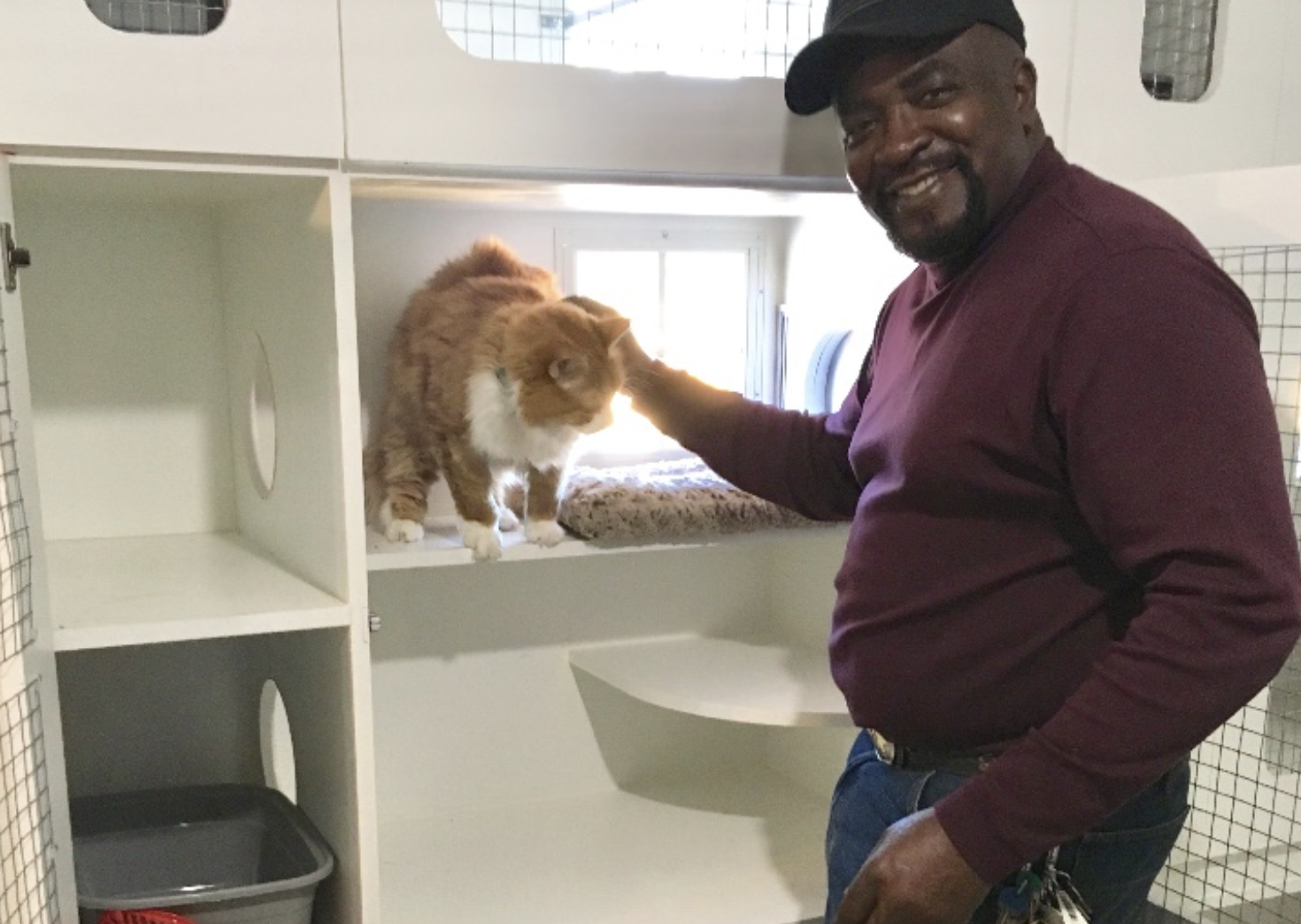Every pet-care business knows that no matter how great the service, conflicts will arise.
Whether it's a minor scheduling issue or a more serious concern, resolving customer conflicts is critical to maintaining a positive relationship with pet parents. The way you manage these moments can either strengthen or strain trust. Read on to understand how to approach conflict resolution properly, keeping your clients happy and understood as they interact with your pet-care business.
Listen Actively and Acknowledge Concerns
 The first step in resolving any conflict is to actively listen to the customer. Let them express their concerns fully before responding. Interrupting or dismissing their feelings can escalate the situation, so it’s important to show empathy and understanding. Pet parents want to feel heard, especially when it comes to their beloved animals.
The first step in resolving any conflict is to actively listen to the customer. Let them express their concerns fully before responding. Interrupting or dismissing their feelings can escalate the situation, so it’s important to show empathy and understanding. Pet parents want to feel heard, especially when it comes to their beloved animals.
To demonstrate active listening:
- Maintain eye contact (if in person) or respond promptly if over the phone or online.
- Use affirming language such as, “I understand your concern” or “I see why that’s frustrating.”
- Repeat back the key points of their issue to show that you understand.
By acknowledging their concerns and showing genuine empathy, you can help diffuse the emotional intensity of the situation and facilitate a calmer discussion.
Offer Solutions, Not Excuses
Once you’ve listened to the client, it’s time to focus on solutions. Pet parents are looking for their problems to be addressed, not for excuses or deflection. Avoid blaming staff members or offering explanations that don’t directly resolve the issue. Instead, focus on actionable steps to fix the problem or prevent it from happening again.
For example:
- If a client is upset about a missed grooming appointment, offer a priority slot for the next available appointment or a discount for the inconvenience.
- If a pet has been injured while in your care, apologize sincerely and outline the steps your business will take to prevent it from happening again.
Offering solutions that directly address the concern will show the customer that you are committed to making things right.
Be Transparent and Honest
 Transparency builds trust, even during conflicts. When an issue arises, it’s essential to be upfront about what happened and what you can do to resolve it. Attempting to hide information or sugar-coat a situation can damage your credibility and escalate the conflict.
Transparency builds trust, even during conflicts. When an issue arises, it’s essential to be upfront about what happened and what you can do to resolve it. Attempting to hide information or sugar-coat a situation can damage your credibility and escalate the conflict.
For example, if a pet was accidentally injured during a grooming session, being honest about the incident and immediately offering solutions (such as covering vet costs) is far more effective than downplaying or delaying communication.
When you approach the conflict honestly, you demonstrate your business’s integrity, which can help maintain the client’s trust even in difficult situations.
Train Your Team in Conflict Resolution
Your staff plays a significant role in handling customer conflicts. If team members are well-trained in conflict resolution techniques, it can prevent situations from spiraling out of control. Offer training sessions to help your staff manage emotional conversations, diffuse tense situations, and focus on problem-solving.
Conflict resolution training tips:
- Teach staff to remain calm and composed when facing an upset client.
- Encourage active listening and empathy, especially when dealing with emotionally charged issues related to pets.
- Train employees to offer solutions and avoid blame when responding to concerns.
A well-prepared team can turn a negative interaction into a positive one by handling conflicts with care and professionalism.
Follow Up After the Issue is Resolved
Even after the conflict is resolved, following up with the client is essential. This shows that you care about their experience and are committed to improving their future interactions with your business. A simple call or email to check in on how things are going or to thank them for their patience can go a long way in restoring their trust.
Follow-up ideas for conflict scenarios:
- Send a personalized email to recap the resolution and thank the client for their understanding.
- Offer a small gesture, like a discount on their next service, as a token of goodwill.
- Check-in on the pet to see if the conflict is related to their health or care, reinforcing your genuine concern for the animal’s well-being.
A thoughtful follow-up reassures the client that their experience matters, helping to rebuild the relationship and potentially turning a negative situation into a positive one.
 Conflicts are inevitable in any business, but how you handle them sets you apart. In the pet-care industry, resolving conflicts with empathy, honesty, and a focus on solutions is key to maintaining strong client relationships. By listening actively, offering clear solutions, and following up with clients, you can navigate even the toughest customer conflicts with professionalism and care.
Conflicts are inevitable in any business, but how you handle them sets you apart. In the pet-care industry, resolving conflicts with empathy, honesty, and a focus on solutions is key to maintaining strong client relationships. By listening actively, offering clear solutions, and following up with clients, you can navigate even the toughest customer conflicts with professionalism and care.
Gingr streamlines communication with pet parents. Discover how—get a demo!
Subscribe to the Gingr Blog






